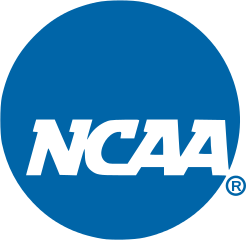Ruling against the NCAA Could be a Game Changer

The debate on paying college athletes
After seeing a character in a video game that matched his image being used without his permission, Ed O'Bannon agreed to be the lead plaintiff in a lawsuit on behalf of NCAA Division I football and men's basketball players. Filed in 2009, the antitrust class action lawsuit argued against the National Collegiate Athletic Association (NCAA) use of images of former student athletes for commercial purposes and that, upon graduation, former students should be compensated for the NCAA's commercial uses of the players' images. However, the NCAA argued that paying student athletes violates amateurism in sports. The lawsuit claimed that the organization violated the Sherman Antitrust Act, depriving O'Bannon of his rights to publicity. A former basketball player, O'Bannon had been a starter on the 1995 UCLA national championship team. He was also named the NCAA's Most Outstanding Player that year. Within two years, others joined in the suit, including Oscar Robertson and Bill Russell. RulingThe hearing went from June 9 until June 27, 2014. Written closing statements were submitted on July 10. The verdict came the following month with US District Court Judge Claudia Wilken ruling against the NCAA. She ruled that the NCAA violates antitrust law by preventing football and basketball players from being compensated for the use of their images, names, and likenesses in video games and television broadcasts. However, the ruling did not demand that student athletes be paid. Instead, it allowed and recommended that colleges give student athletes full scholarships to cover tuition. The ruling also allowed and recommended that schools pay players once they graduate via trust funds. Moreover, the ruling encouraged the NCAA to cap payments to players at $5,000 per year, an amount similar to the one that the NCAA currently permits athletes to receive for Pell Grants should they qualify. Future of College SportsThe ruling did not give the plaintiffs everything they wanted. For example, the plaintiffs asked that players be paid from endorsement deals. Wilken ruled against that, writing in her decision that "allowing student-athletes to endorse commercial products would undermine the efforts of both the NCAA and its member schools to protect against the 'commercial exploitation' of student-athletes." Even though the ruling came up short of what they wanted, they would not appeal, according to Sathya Gosselin, an attorney for the plaintiffs. However, the NCAA has appealed Wilken's decision. Even though the ruling was in favor the plaintiffs, it remained unclear what it meant for the future of college sports since there was no demand that student athletes be paid. Wilken's ruling would not go into effect until the beginning of the 2016-17 school year. Schools had until then to decide how to deal with the decision's allowances and recommendations or risk ending up in court. |








